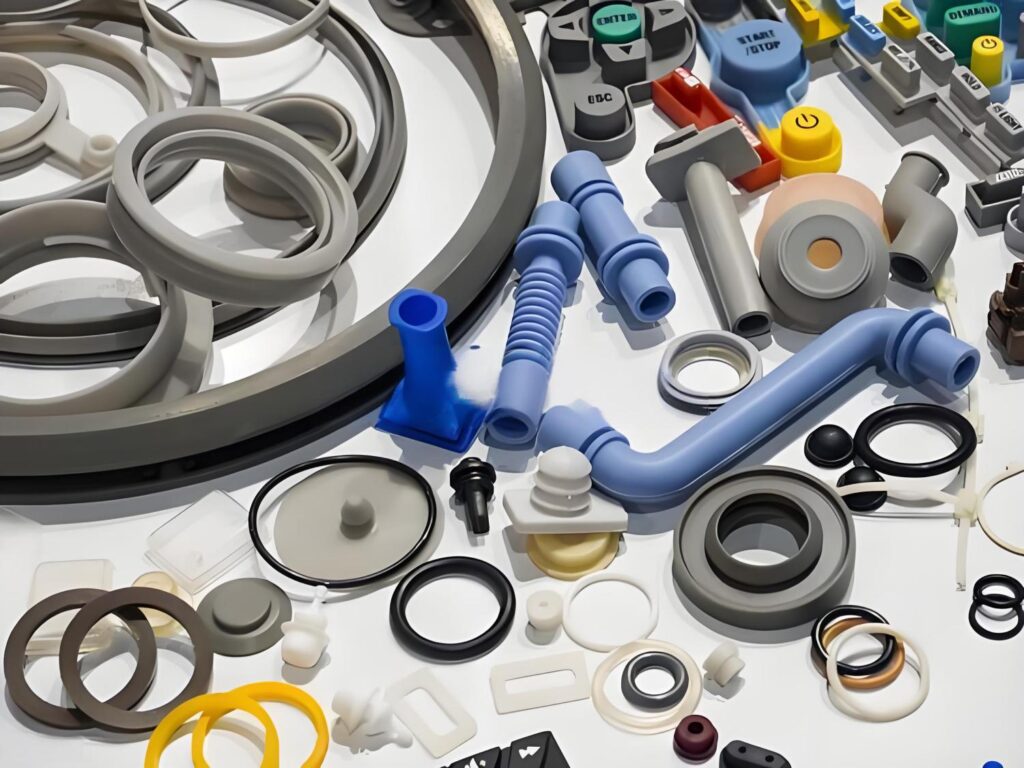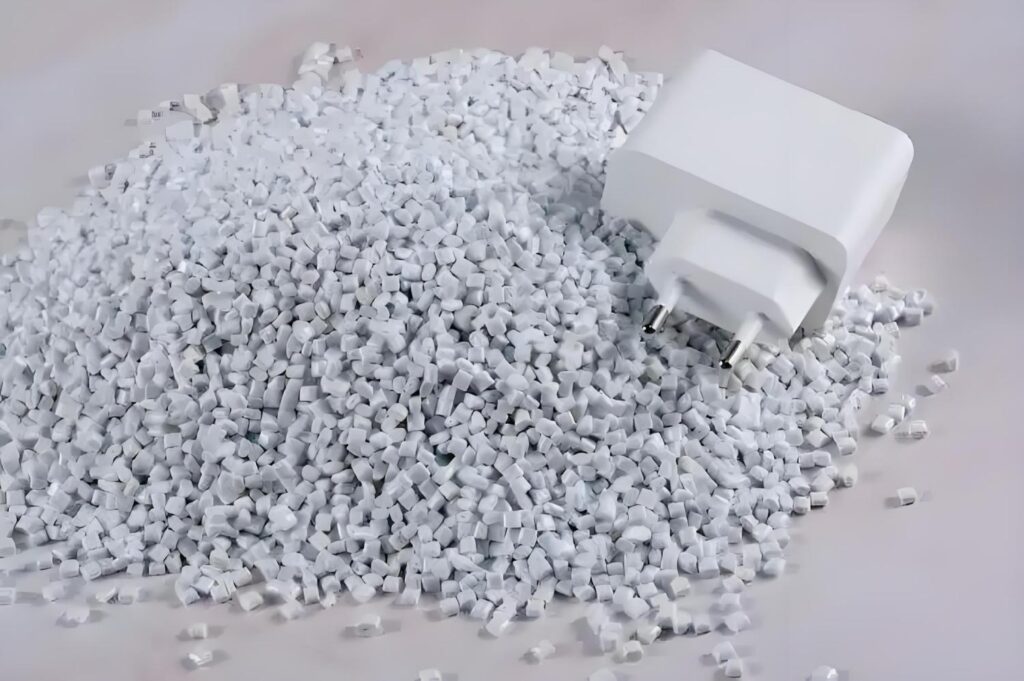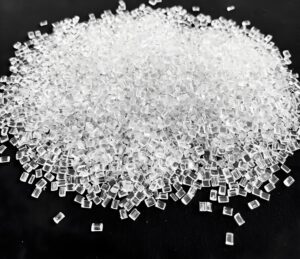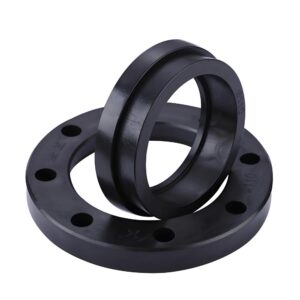Acrylonitrile Butadiene Styrene, or ABS, is a dynamic thermoplastic polymer that has become a cornerstone in industries ranging from automotive to consumer electronics. Known for its strength, versatility, and cost-effectiveness, ABS polymer is a go-to material for manufacturers seeking durable, high-quality components. This guide explores the ins and outs of ABS, from its composition to its applications, offering insights for businesses and enthusiasts alike. With a focus on its role in modern manufacturing, this blog dives into why ABS plastic remains a trusted choice for creating everything from precision parts to everyday products.
What is ABS Plastic?
ABS, short for Acrylonitrile Butadiene Styrene, is a robust thermoplastic made from three monomers: acrylonitrile, butadiene, and styrene. Each component brings unique qualities to the table. Acrylonitrile enhances chemical resistance and heat stability, butadiene provides toughness and impact resistance, and styrene ensures a smooth, glossy finish and ease of molding. This combination makes ABS polymer a standout for applications requiring both strength and aesthetic appeal.

This engineering plastic can be heated, molded, and cooled without losing its structural integrity, making it ideal for intricate designs and large-scale production. Its recyclability also aligns with growing demands for sustainable manufacturing practices, positioning ABS as a material that balances performance with environmental responsibility.
Why ABS Stands Out
Unlike other plastics, ABS strikes a balance between durability and workability. Its ability to be injection-molded, extruded, or 3D-printed makes it a favorite for manufacturers crafting precision components. Whether it’s for prototyping or mass production, ABS plastic’s versatility shines through.
What Are the Types of ABS Plastic?
ABS comes in several grades, each tailored to specific needs in manufacturing. By adjusting the ratio of its monomers or adding specialized additives, manufacturers can create ABS variants suited for diverse applications. Below are some key types of ABS polymer:
General-Purpose ABS
This standard grade offers a balanced mix of strength, flexibility, and affordability, making it perfect for consumer goods like toys, appliance housings, and electronic casings.
High-Impact ABS
With a higher butadiene content, high-impact ABS is engineered for toughness, ideal for rugged applications like automotive bumpers or protective equipment.
Flame-Retardant ABS
Infused with fire-resistant additives, this type is used in safety-critical applications, such as electrical enclosures or aerospace components, where fire resistance is paramount.
Transparent ABS
A specialized variant, transparent ABS allows light to pass through, making it suitable for lighting fixtures, display cases, or decorative elements.
Heat-Resistant ABS
Designed to withstand elevated temperatures, this grade is used in automotive interiors and industrial equipment exposed to heat.
These variations ensure that ABS plastic can meet the specific demands of industries, from aesthetics to functionality, making it a highly adaptable material.
How is ABS Plastic Made?
The production of ABS involves combining its three monomers—acrylonitrile, butadiene, and styrene—in a carefully controlled process. Two primary methods are used: emulsion polymerization and continuous mass polymerization.
Emulsion Polymerization
This process mixes monomers in a water-based emulsion, allowing precise control over the material’s structure. It’s commonly used for high-impact ABS, where toughness is critical.
Continuous Mass Polymerization
A more streamlined method, this involves blending and polymerizing monomers in a single step, producing uniform ABS for general-purpose applications.
The resulting ABS resin is formed into pellets, which can be melted and shaped through injection molding, extrusion, or additive manufacturing like 3D printing. This flexibility in production makes ABS a preferred choice for creating complex, high-quality parts in industries worldwide.
Factors Affecting ABS Production
The ratio of monomers can be adjusted to fine-tune properties like flexibility or heat resistance, ensuring the material meets specific project needs. This customization is key to ABS’s widespread use in manufacturing.
Properties of ABS Plastic
ABS plastic is celebrated for its well-rounded characteristics, making it a top choice for applications requiring durability and aesthetics. Here’s a closer look at what makes this engineering plastic so effective:
Strength and Impact Resistance
ABS is known for its ability to withstand significant stress and impacts, making it ideal for parts that need to endure rough handling or heavy use.
Thermal Stability
While standard ABS handles temperatures up to 80–100°C, heat-resistant grades extend this range, suitable for demanding environments like automotive or industrial settings.
Chemical Resistance
ABS resists many chemicals, including acids, alkalis, and oils, making it a reliable choice for components exposed to corrosive substances.
Aesthetic Versatility
Thanks to styrene, ABS boasts a smooth, glossy surface that can be painted, plated, or textured, offering endless design possibilities.
Machinability
ABS is easy to machine, cut, or drill, making it a favorite in precision manufacturing. It can also be welded or bonded, adding to its versatility.
These properties make ABS a go-to material for manufacturers seeking a balance of performance, cost, and ease of use in their projects.
What is ABS Used For?

The uses of ABS in manufacturing are vast, thanks to its ability to be molded into complex shapes while maintaining strength. This thermoplastic ABS is found in industries worldwide, from high-tech to everyday consumer goods. Here are some key applications:
Automotive Components
ABS is used in dashboards, bumpers, and interior panels due to its durability, lightweight nature, and ability to be molded into intricate designs, contributing to both aesthetics and fuel efficiency.
Consumer Electronics
From smartphone cases to keyboard keys, ABS’s strength and glossy finish make it a staple in electronic housings, offering both protection and style.
Toys and Recreational Products
Iconic toys like LEGO bricks rely on ABS for its safety, durability, and vibrant color options, making it a favorite for children’s products.
Medical Equipment
Biocompatible grades of ABS are used in non-implantable medical devices, such as diagnostic equipment housings, due to their reliability and ease of sterilization.
3D Printing Applications
ABS is a popular filament in additive manufacturing, enabling the creation of detailed prototypes and functional parts with excellent structural integrity.
These diverse applications showcase why ABS is a trusted material across industries, offering solutions for both practical and creative needs.
Advantages and Disadvantages of ABS Plastic
Like any material, ABS has its strengths and limitations. Understanding these helps manufacturers choose the right material for their projects.
Advantages of ABS
- Versatility in Processing: ABS can be molded, extruded, or 3D-printed, making it suitable for various manufacturing techniques.
- Cost-Effectiveness: Compared to other engineering plastics, ABS offers strong performance at a lower cost.
- Impact Resistance: Its toughness makes it ideal for durable components in demanding environments.
- Design Flexibility: ABS can be colored, painted, or plated, allowing for customized finishes that enhance product appeal.
- Recyclability: ABS supports sustainable practices, as it can be recycled and reused in manufacturing.
Disadvantages of ABS
- Limited Heat Tolerance: Standard ABS may deform under high temperatures, though heat-resistant grades mitigate this issue.
- UV Sensitivity: Without additives, ABS can degrade under prolonged sunlight exposure, becoming brittle over time.
- Chemical Vulnerabilities: Certain solvents, like acetone, can damage ABS, limiting its use in specific environments.
- Environmental Considerations: While recyclable, ABS production relies on petroleum-based materials, which may raise sustainability concerns.
By carefully considering these factors, manufacturers can determine when ABS is the best fit for their needs.
Why ABS is Essential in Today’s Manufacturing
ABS plastic remains a vital material in modern manufacturing due to its unique blend of strength, affordability, and adaptability. Its ability to be customized for specific applications—whether through specialized grades or advanced machining techniques—makes it a material that evolves with industry demands. From automotive parts to consumer products, ABS delivers reliable performance while keeping production costs manageable.
For companies like Precionn, a leader in the machining industry, ABS is a key material in crafting precision-engineered components for international clients. With a focus on quality and innovation, Precionn harnesses the benefits of ABS plastic to deliver durable, high-performance parts that meet global standards. Visit our website to learn how we machining expertise can elevate your next project.




